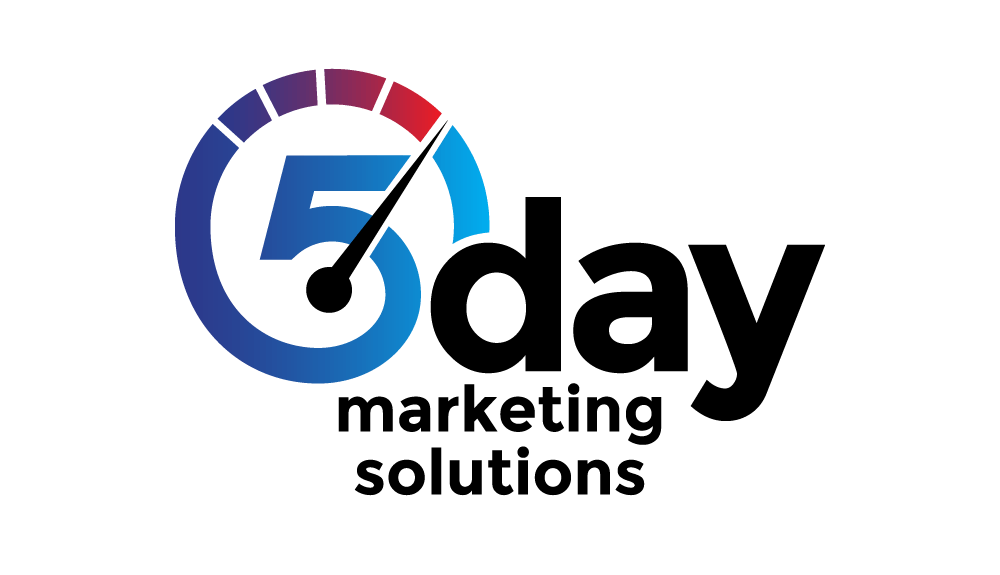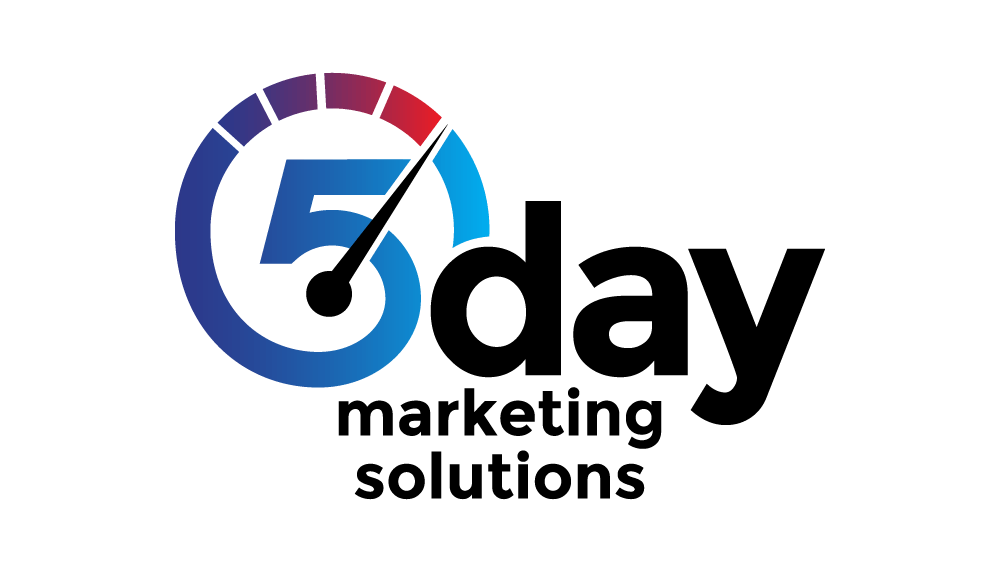Unlock Success with Target Audience Segmentation Strategies
Target audience segmentation strategies: effective techniques to improve marketing ROI and customer targeting

In the age of hyper-personalized marketing, one-size-fits-all campaigns no longer cut it. If your business wants to increase conversions, deepen customer relationships, and maximize return on investment, audience segmentation isn’t optional—it’s essential.
At Five Day Solution, we specialize in helping businesses break down broad markets into precise, actionable segments using proven techniques and tools. Whether you’re working with a small email list or a multi-platform campaign, effective audience segmentation allows you to speak directly to the people who matter most.
Let’s explore the core strategies, steps, and tools behind segmentation success—and how they can unlock smarter marketing decisions for your business.
What are the key audience segmentation techniques for businesses?
Audience segmentation involves dividing your broader target market into smaller groups based on shared characteristics. The most common segmentation techniques include:
- Demographic segmentation (age, gender, income)
- Psychographic segmentation (values, interests, lifestyle)
- Behavioral segmentation (purchase history, engagement, loyalty)
- Geographic segmentation (location, climate, region)
- Firmographic segmentation (for B2B: industry, company size)
These approaches can be used independently or layered together for more nuanced targeting.
How does demographic segmentation help identify customer groups?
Demographic segmentation remains one of the most reliable ways to understand and group potential customers. It’s particularly helpful for:
- Product-market fit analysis
- Identifying high-value consumer groups
- Crafting platform-specific campaigns (e.g., Instagram vs. LinkedIn)
Common demographic factors to prioritize include:
- Age and generation (e.g., Gen Z, Boomers)
- Gender identity
- Income level and education
- Occupation
- Marital and family status
This data is often available through CRM systems, customer surveys, or tools like Facebook Ads Manager and Google Analytics.
What are psychographic segmentation examples and their benefits?
Psychographic segmentation focuses on customer values, attitudes, lifestyles, and motivations. This technique allows you to go beyond “who” your customer is—and understand why they behave the way they do.
Examples:
- Eco-conscious shoppers who prioritize sustainability
- Health-focused professionals interested in preventative wellness
- Budget-savvy families looking for value-based offers
- Experience-driven millennials who value personalization
This level of insight helps you craft emotionally resonant messaging, align your brand positioning, and increase relevance in every campaign.
How does behavioral segmentation improve marketing precision?
Behavioral segmentation uses actions—like website visits, purchase frequency, email clicks, or time-on-page—to predict future behavior.
Benefits include:
- Identifying churn risks early
- Personalizing offers based on engagement history
- Creating automation flows for first-time vs. repeat buyers
- Timing messages based on behavior (cart abandonments, product views)
When paired with analytics and automation tools, behavioral segmentation boosts efficiency and enhances the customer journey across every touchpoint.
How can businesses implement customer segmentation methods step-by-step?
- Define your segmentation goals – Are you aiming for higher conversions, better personalization, or campaign cost reduction?
- Collect customer data – Use CRM systems, social analytics, surveys, or purchase history
- Choose your segmentation criteria – Demographic, psychographic, behavioral, or a combination
- Group your audience – Use clustering techniques or built-in tools from your marketing platforms
- Develop unique profiles for each segment – Include motivations, barriers, preferred channels, and messaging tone
- Create campaigns tailored to each segment – Adjust content, visuals, timing, and offers accordingly
- Test, refine, and scale – Use A/B testing and ongoing data analysis to optimize over time
What are the essential steps to create effective segmentation profiles?
An effective profile includes:
- A clear name (e.g., “Weekend Wanderers” or “Budget-Conscious Parents”)
- Key traits (demographics, behavior, values)
- Messaging preferences
- Common objections or pain points
- Preferred channels (email, social media, SMS)
These profiles guide your marketing strategy and ensure team alignment when creating content or planning ads.
How to use data and analytics in audience segmentation?
Customer segmentation is only as good as the data behind it. Leverage tools like:
- Google Analytics and GA4
- CRM platforms (e.g., HubSpot, Zoho, Salesforce)
- Email tools like Mailchimp or ActiveCampaign
- Social media ad platforms for lookalike audience insights
Track KPIs like open rate, conversion rate, bounce rate, and engagement by segment to fine-tune your efforts.
Which tools facilitate efficient market segmentation?
Some of the most effective segmentation tools include:
- Customer relationship management (CRM) platforms for behavioral and demographic grouping
- Marketing automation platforms for real-time behavior-based segmentation
- Surveys and forms (via Typeform, SurveyMonkey) for psychographic data collection
- Analytics tools (Google Analytics, Hotjar) for behavior tracking
Look for tools that integrate with your website, email service, and advertising platforms to avoid data silos.
Why is demographic segmentation critical for target audience strategies?
Demographic data offers a foundation for targeting. It’s easy to collect, statistically significant, and great for:
- Initial campaign testing
- Segmenting by platform or channel
- Setting ad budgets based on income or age group
- Informing product development and UX design
What demographic factors should marketers prioritize?
Depending on your product or service, prioritize:
- Age and generation
- Income and occupation
- Education level
- Household size
- Geographic region
Cross-reference these with channel performance to ensure relevance across media buys and content creation.
How to tailor marketing campaigns using demographic data?
Examples:
- Use age-specific language and platforms (Gen Z → TikTok; Boomers → Facebook)
- Adjust pricing models or offers for different income segments
- Design creative assets and copy based on gender or life stage
- Run geotargeted ad sets for regional relevance
What are psychographic segmentation strategies and how do they enhance targeting?
Psychographics unlock “why” customers buy, allowing for:
- More relatable storytelling
- Stronger brand alignment with customer identity
- Lifestyle-aligned promotions
- Personalized customer journeys
These strategies are especially effective in competitive or emotional buying categories like travel, wellness, fashion, and personal finance.
How to identify customer values, interests, and lifestyles?
Use:
- Surveys with open-ended lifestyle questions
- Social media polls
- Keyword searches and SEO trend tools
- Community monitoring (forums, comment sections, Reddit, Facebook Groups)
This kind of market research helps uncover the emotional drivers behind your customers' behavior.
What are real-world psychographic segmentation examples?
- A fitness brand targeting “performance-driven professionals” vs. “wellness-minded beginners”
- A streaming service crafting campaigns for “comfort bingers” vs. “genre explorers”
- A local grocery store segmenting “budget shoppers” vs. “organic lifestyle enthusiasts”
How does psychographic data influence messaging and branding?
Once you understand your customers’ motivations and mindsets, your copywriting, imagery, tone, and offers all become more aligned. It also influences product bundling, loyalty programs, and brand voice.
Which market segmentation tools are most effective for audience insights?
Top tools include:
- HubSpot for lifecycle segmentation and automation
- Klaviyo for eCommerce behavior segmentation
- Facebook Ads Manager for demographic targeting
- Mailchimp for email segmentation
- Google Analytics for website behavior
What features should you look for in segmentation software?
- Integration with your CRM and marketing tools
- Real-time behavior tracking
- Easy-to-use dashboard for segment building
- Reporting tools to measure segment performance
- GDPR and data compliance support
How do segmentation tools integrate with marketing platforms?
Most modern segmentation tools sync automatically with:
- Email marketing platforms
- Social ad tools (Meta, LinkedIn, Google Ads)
- CRM pipelines
- Website visitor data
- E-commerce purchase history
This integration powers personalization and automated delivery of relevant messages.
What are the benefits of using automated segmentation tools?
- Saves time and reduces manual errors
- Enables real-time adjustments based on user behavior
- Improves personalization across all touchpoints
- Scales seamlessly as your customer base grows
- Tracks ROI by segment, campaign, or platform
How do audience segmentation strategies increase marketing ROI?
Segmentation leads to:
- Lower cost per acquisition (CPA)
- Higher conversion rates
- More relevant content = higher engagement
- Smarter ad spend
- Improved customer retention and lifetime value
What metrics demonstrate improved ROI from segmentation?
- Segment-specific conversion rates
- Revenue per email sent (for email marketing)
- Cost per qualified lead
- Bounce rate reduction from targeted landing pages
- Return on ad spend (ROAS) for segmented campaigns
How does segmentation enhance customer satisfaction and loyalty?
People want to feel understood. When your messaging, timing, and offers match their needs, you build trust—and trust builds loyalty. Segmentation enables:
- Better onboarding experiences
- Relevant upsells
- Loyalty rewards based on customer tier or value
- Fewer irrelevant messages that cause unsubscribes
What case studies show successful segmentation impact?
Examples:
- A B2C skincare brand improved conversions by 42% using age- and concern-based email segmentation
- A nonprofit increased donations by 37% after segmenting donors by motivation and campaign history
- A Charleston café boosted loyalty program signups by targeting neighborhood residents with geo-based offers
What are common challenges in target audience segmentation and how to overcome them?
Challenges:
- Incomplete or messy data
- Over-segmentation (too many small groups)
- Lack of integration between platforms
- Privacy regulations
Solutions:
- Clean your data regularly
- Focus on the 3–5 highest-value segments
- Use tools that sync across your marketing stack
- Ensure data compliance with clear consent processes
How to avoid over-segmentation and maintain focus?
Stick to segments that:
- Are large enough to be profitable
- Show distinct behavior or needs
- Can be addressed with differentiated offers
- Align with your business goals and available resources
What data privacy considerations affect segmentation?
- Comply with regulations like GDPR, CCPA, and CAN-SPAM
- Collect only the data you need
- Use opt-in forms and transparent policies
- Provide users with access to and control over their data
How to continuously update and refine segmentation models?
- Monitor campaign performance by segment monthly or quarterly
- Re-run keyword research and engagement tracking
- Remove or consolidate underperforming segments
- Survey customers to validate assumptions or spot changes
- Align with evolving business goals and product lines
Final thoughts
Audience segmentation isn’t just about marketing smarter—it’s about making every message more meaningful. By leveraging demographic, psychographic, and behavioral insights, Charleston businesses and beyond can increase efficiency, deepen connections, and drive long-term growth.
If you’re ready to create segmentation strategies that actually work—reach out. At Five Day Solution, we turn raw data into real performance.



